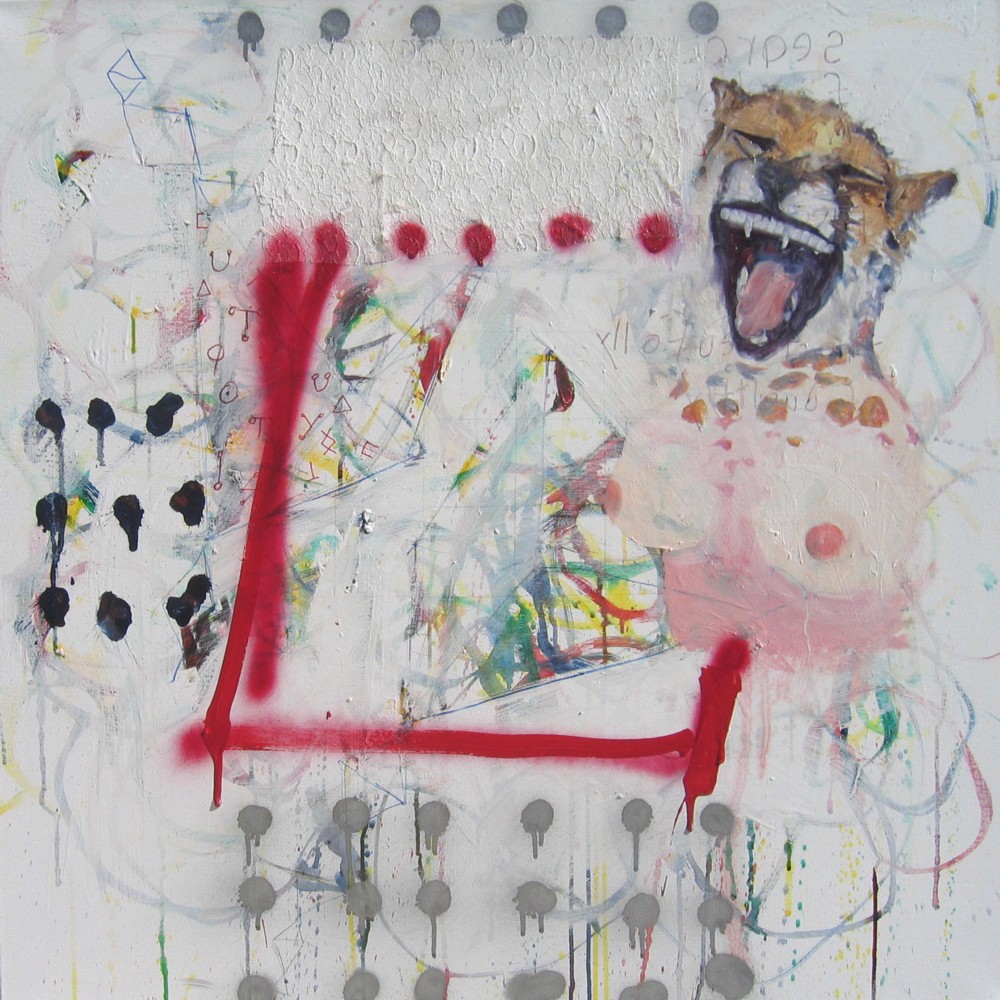
Dionysus and the Leopard
The Egyptian goddess, Bastet, has a human body and the head of a cat. The feline head contains the feminine aspect with its innate preponderance of thinking of fantasy, festivity, emotions, sense of community, music, magic, and about spiritual activity. This is in contrast to the rigid scientific and mechanistic thinking mode of the male. The blending or balance of these two qualities is mythologized in the androgynous Dionysus, the son of Zeus, known as the Olympian god of wine, the inspirer of madness and ecstasy. He is portrayed as ‘manly-feminine’ and is often seen in the company of female devotees as well as leopards, who were once not wild beasts but bright-eyed women and wine-drinking celebrators.1 In the Greek play, The Bacchae, by Euripides, Dionysus irrupts into everyday life forcing people to examine what they accept as reality. He inspires women to question the supremacy of men and provokes them to revolt against the patriarchal society of Thebes. This is the same city once guarded by the Sphinx; part feline, part woman, who devours anyone attempting to enter the city and fails to answer her famous riddle.
The archetype of the feline emerges to give balance to a society preoccupied with emotionless technology, overtaken by a self-interested political State, and self-exiled from Nature. The alchemical myth calls us to reevaluate our state of affairs and to reintegrate the matriarchal, where at the level of the individual change happens through a personal relationship with the mystery of life.
In the painting, Dionysus and the Leopard, the prominent, unfinished, red square represents the yet realized reinstatement of the matriarchal power. The alchemical quaternity signifies the union of the elements or the opposite poles. It is a balance of power between the masculine and the feminine. The leopard appears on the right side; the side associated with the male. Her bared teeth are ambiguously smiling or tormenting, as is the dual nature of the nurturing and fiercely protecting feline.
References
1. Oppian, Cynegetica 4.230 http://www.theoi.com/Olympios/DionysosWrath2.html#Pentheus
